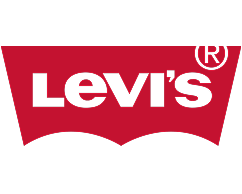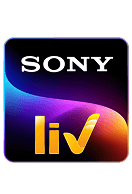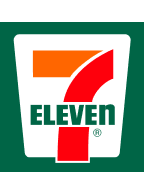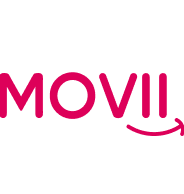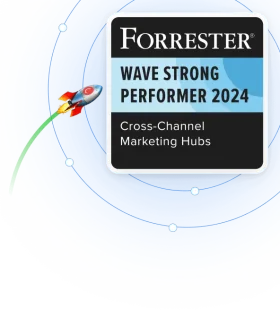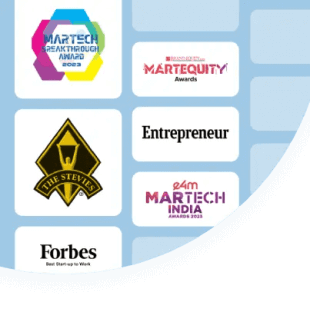For over 30 years, SMS has been a cornerstone of mobile communication, enabling businesses and individuals alike to exchange quick, reliable messages across the globe. However, as customer expectations and technology have evolved, so too has the need for messaging to offer more interactive and engaging experiences.
Enter Rich Communication Services (RCS)—the next-generation messaging protocol that combines the best of SMS and modern messaging apps. With RCS, brands can send high-quality images, carousels, buttons, and interactive content—all inside the native messaging app without downloading an app.
What is RCS Messaging?
Rich communication services (RCS) is an advanced messaging protocol that enhances traditional SMS by enabling multimedia sharing, read receipts, and interactive features provided through mobile network operators.
While SMS continues to play a critical role in transactional messaging and cost-effective mass communication, RCS messaging provides an enhanced platform for promotional use cases. With capabilities like multimedia sharing, read receipts, and interactive buttons, RCS is designed for more personalized customer engagement, making it ideal for marketing campaigns. Together, SMS and RCS fit into a broader cross-channel strategy, allowing businesses to reach large audiences affordably with SMS while leveraging RCS messages for targeted, high-impact interactions.
It is crucial now more than ever for businesses to adopt it so they can deliver rich interactive messaging experiences to a huge audience, regardless of device preferences.
From SMS to RCS: Strengthening the SMS Channel for a Richer Future
Short message service (SMS) was introduced in the 1990s as a simple way to send text messages between mobile phones. It became the standard for mobile communication, offering reliability and global reach. However, SMS was limited to basic text, with no support for images, videos, or multimedia content. Later, Multimedia Messaging Service (MMS) was introduced, allowing the sending of multimedia files, but it struggled with inconsistencies across networks and devices, making it less dependable.
RCS messaging was a natural evolution to keep up with current customer expectations.
First proposed in 2007, RCS messages aimed to merge the best of SMS and MMS while providing a much more advanced experience. It took years for mobile networks and device manufacturers to fully embrace Rich Communication Services (RCS), and while it hasn’t yet matched the global reach of SMS, the growing demand for more robust communication tools and Apple’s recent commitment to support it are driving its steady adoption. By enhancing SMS with rich content and real-time features, RCS turns the traditional SMS into a more powerful, versatile tool for businesses and consumers alike.
Overview of Adoption and Importance of RCS messaging
RCS messaging adoption has surged in recent years, with over 1 billion monthly active users and support from major mobile carriers and phone manufacturers worldwide. The push for universal standards in messaging, combined with consumer demand for more interactive features, has led to RCS messages being widely accepted as the next step in mobile communication.
Apple’s recent decision to support RCS chat across iOS devices marks a significant shift in the global messaging landscape. For years, RCS adoption was hindered by the lack of support from Apple, which limited its cross-platform usability. Now, with both Android and iOS on board, the SMS channel is reborn as a rich communication platform capable of delivering the multimedia and interactive features today’s consumers expect. It allows businesses to continue leveraging the widespread reach and cost-efficiency of SMS, while also competing head-to-head with newer, rich messaging channels.
How RCS Works
For years, businesses have relied on SMS for universal reach and WhatsApp for rich, interactive messaging. While SMS ensures messages get delivered, it lacks interactivity. WhatsApp, on the other hand, enables conversations but requires users to opt-in and install an app.
RCS bridges this gap by offering:
Rich Media & Interactive Elements – High-resolution images, GIFs, and action buttons.
Higher Engagement & Conversions – 3X more engagement than SMS.
Branded & Secure Messaging– Verified sender IDs and fraud prevention.
No App Required – Works directly in Google Messages, Samsung Messages, and soon iMessage (iOS 18).
SMS vs MMS vs RCS vs Whatsapp: Key Differences
As consumer expectations shift toward richer communication experiences, businesses need tools that go beyond basic text. RCS messaging offers precisely that, transforming SMS into a dynamic communication channel that can now deliver high-impact content.
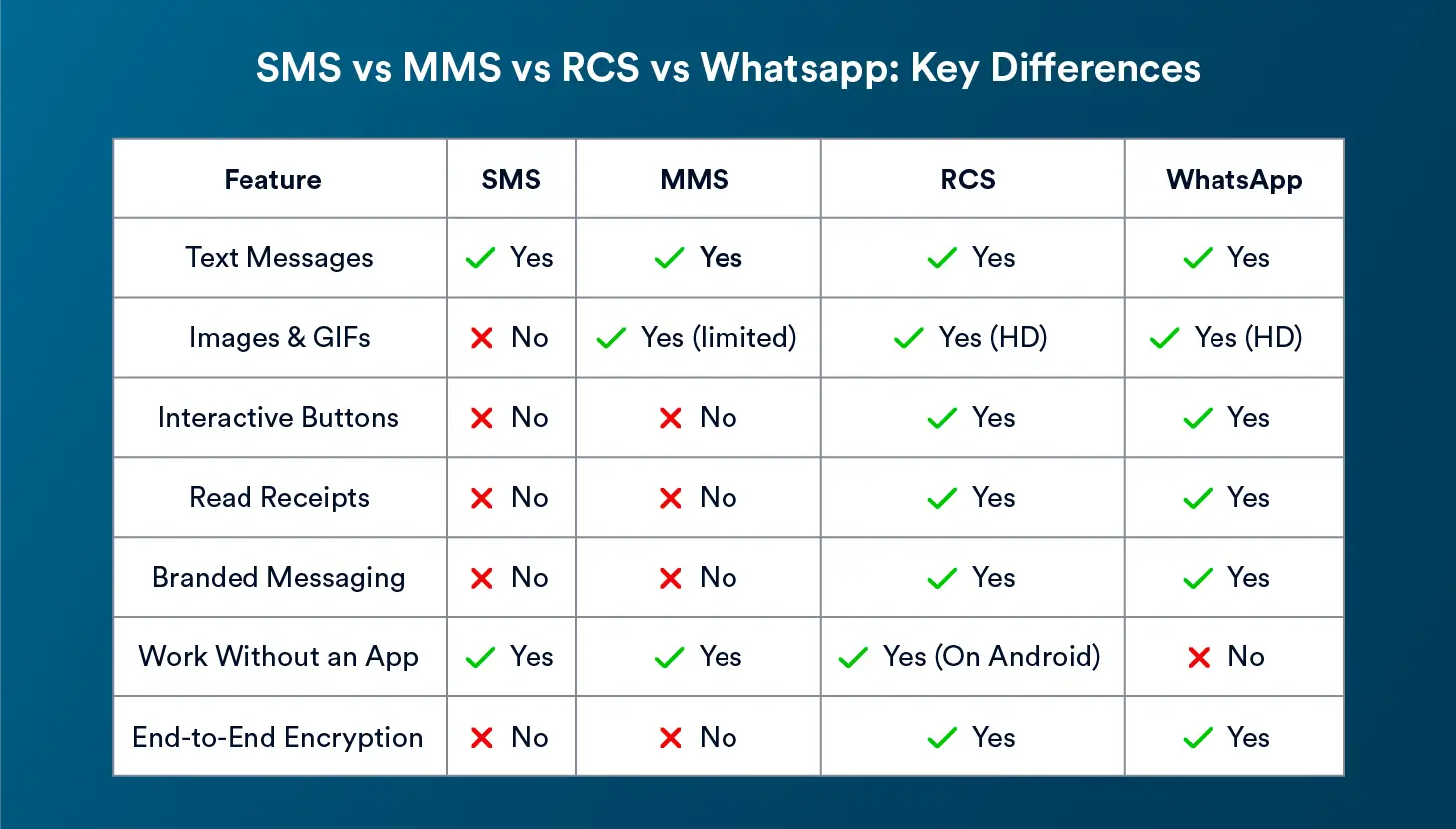
Key Features of RCS Messaging
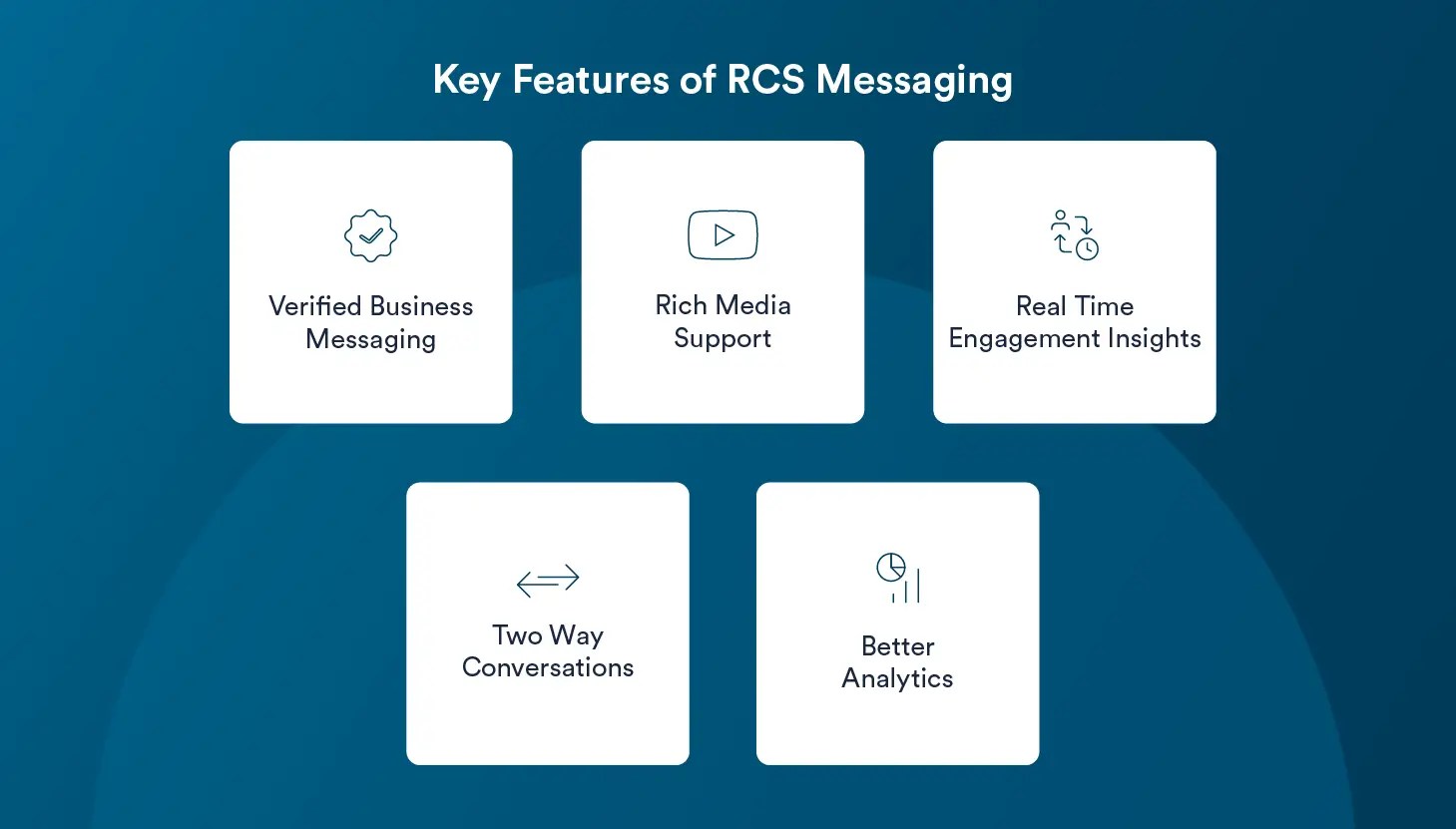
1. Verified Business Messaging
One of the biggest challenges with traditional business messaging today is lack of brand identity and trust. Customers often hesitate to engage with promotional messages due to the rise of spam, phishing scams, and fake sender IDs. RCS solves this problem by allowing businesses to create a fully branded, verified messaging experience, ensuring authenticity, security, and higher engagement.
Here’s how Verified Business Messaging in RCS helps brands take full control of their messaging identity
- Brand logos, business names, and website/contact details displayed in messages.
- Verified checkmarks to prevent phishing and fraud.
- Customizable chat interface for a branded experience.

2. Rich Media Messaging
RCS messaging enhances traditional business messaging by introducing rich media, interactivity, and branded messaging experiences. Unlike plain text messages, RCS allows businesses to engage customers with visually appealing, interactive, and action-driven messages directly within their default messaging app—without requiring additional downloads.
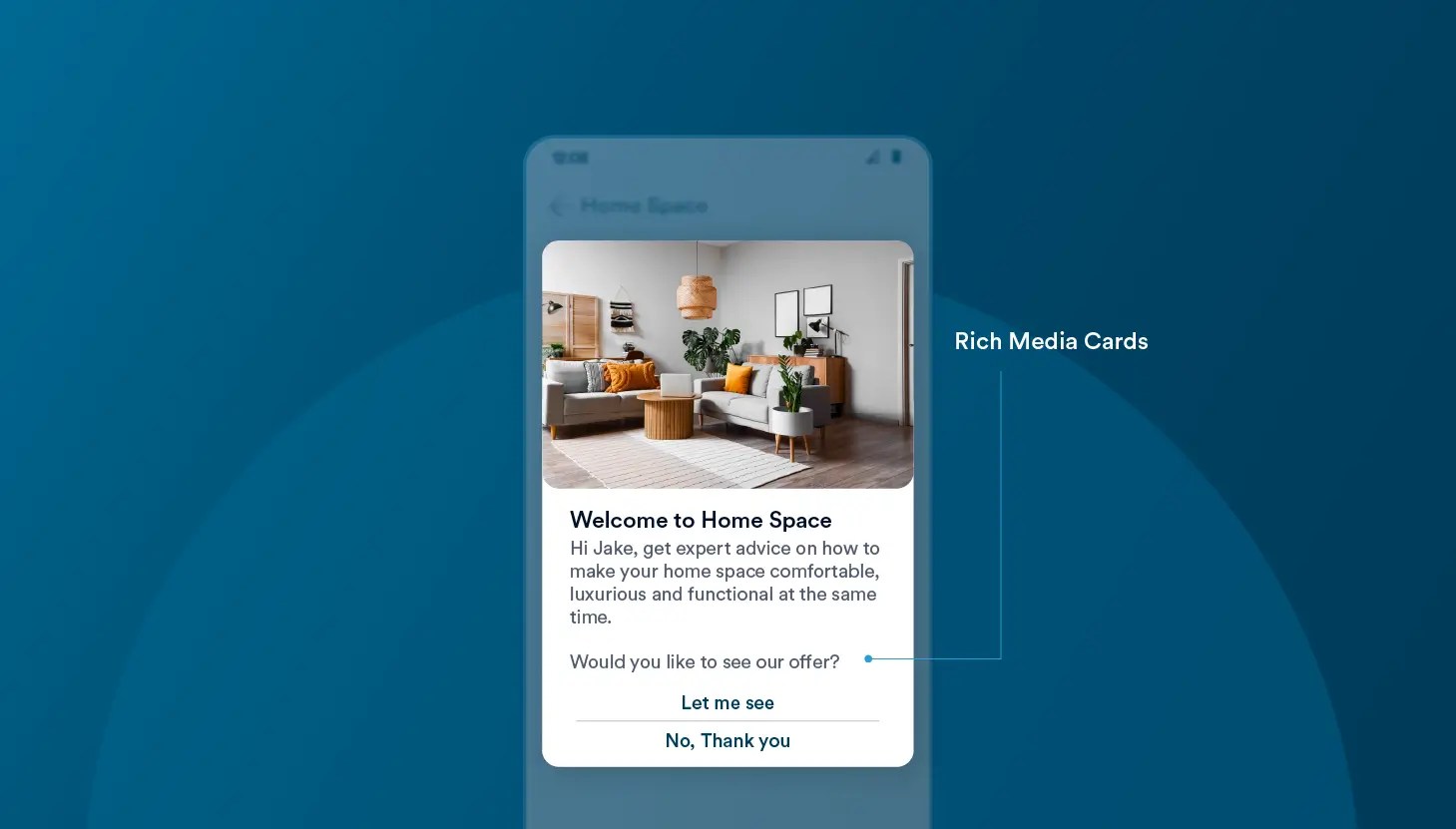
3. Real-Time Engagement Insights
One of the major limitations of traditional business messaging is the lack of engagement insights—businesses can send messages but have no way of knowing if they were read or acted upon. RCS solves this by introducing Read Receipts and Typing Indicators, similar to WhatsApp, allowing brands to track message delivery, customer engagement, and real-time interaction.
4. Two-Way Conversations
Unlike traditional business messaging, which is typically one-way communication, RCS allows customers to respond to businesses, creating a two-way, interactive experience. With AI-powered chatbots and real-time support automation, businesses can engage customers in conversational messaging, enabling seamless interactions without requiring an app or external platform.

5. Cost Advantage
For businesses, messaging costs can quickly add up, especially when using WhatsApp Business API. RCS provides a cost-effective alternative by offering rich media, interactivity, and verified messaging at a significantly lower cost than WhatsApp.
6. SMS Fallback
As RCS adoption continues to grow rapidly, seamless fallback to SMS becomes a valuable failsafe. In situations where certain user devices or networks don’t yet support RCS fully, the fallback mechanism ensures your message reaches every user, every time, guaranteeing consistent and universal delivery.
7. Growing Adoption
With well over a billion users worldwide, RCS adoption is only going to continue to rise, with major telecom carriers and smartphone manufacturers supporting it as the next-gen messaging standard.
How Businesses Can Leverage RCS
RCS isn’t just about upgrading traditional business messaging—it’s about unlocking new engagement opportunities. Here’s how different industries can use RCS:
| Industry | Use Case | Solution |
| E-Commerce | Personalized AI Shopping Assistant | AI-powered RCS assistants provide personalized recommendations through interactive rich media carousels and one-tap buying experiences, significantly increasing conversions. |
| Smart Abandoned Cart Recovery | Interactive RCS reminders with visuals and instant “Checkout Now” buttons help recover abandoned carts with minimal friction. | |
| Real-time Inventory & One-tap Ordering | Customers can instantly check stock in real-time and complete purchases directly within RCS, creating a frictionless experience. | |
| Interactive Product Demos | RCS allows brands to send short GIF/video product demonstrations, providing clarity and boosting customer confidence to purchase. | |
| Fintech & Banking | Fraud Prevention Alerts | Real-time alerts with actionable buttons directly via RCS empower customers to instantly secure their accounts. Additionally, RCS provides a verified business messaging experience that adds a layer of trust with the customer. |
| Loan & Credit Approvals | RCS can simplify loan and credit approvals with instant in-chat document uploads and rapid, transparent approval communications. | |
| Bill Payment Reminders | RCS allows banks to send timely reminders with integrated “Pay Now” buttons, enabling immediate, frictionless payments directly from the messaging app, significantly reducing late payments. | |
| Food Tech & Delivery | One-Tap Reordering Based on Past Purchases | RCS messaging simplifies reordering by presenting customers their previous orders with convenient one-tap “Reorder” buttons, increasing repeat purchases and customer loyalty. |
| Smart Menu Recommendations with AI-driven Insights | RCS leverages AI-driven insights to deliver personalized, timely menu suggestions based on past orders, preferences, and trending dishes, driving higher average order values and customer satisfaction. | |
| Subscription & Loyalty Program Updates via RCS | RCS keeps customers engaged by delivering personalized updates on their loyalty status, exclusive subscription offers, and available rewards directly through visually appealing, interactive messages. | |
| Gaming & OTT | Playable Game Demos Inside Messages | RCS enables businesses to embed playable mini-game demos within messages, allowing users to experience gameplay before installation, driving higher engagement and downloads. |
| Live Tournament Updates & Direct Ticket Bookings | RCS provides real-time tournament updates and integrates direct ticket-purchasing capabilities, enabling instant bookings without leaving the messaging environment, significantly enhancing user convenience. | |
| AI-driven Content Recommendations for OTT Subscribers | Using AI, RCS delivers tailored recommendations based on viewing history and preferences directly within messaging, encouraging subscribers to engage more frequently and remain loyal. | |
| Personalized Watchlist Reminders | RCS messaging sends personalized, interactive reminders prompting users to resume viewing unfinished content with convenient “Continue Watching” buttons, thereby increasing engagement and platform usage. |
Measuring RCS Campaign Success
RCS provides deeper analytics than traditional business messaging. Key metrics to track include:
| Metric | What It Measures | Why It Matters |
| Delivery & Read Rates | Delivery Rate: Messages successfully sent via RCS (vs. fallback to SMS). Read Rate: Messages opened by recipients. | Monitoring these metrics helps assess the reach and initial engagement of your campaigns. |
| Engagement Metrics | Click-Through Rate (CTR): Taps on interactive buttons and links. Carousel Interactions: Swipes and engagement with media-rich carousels. | Tracks how interactive your messages are, helping optimize content and CTAs for better conversions. |
| Response Time & Conversation Flow | Average Response Time: How quickly users engage after receiving a message. Drop-Off Points: Where users abandon chat interactions. | Helps refine chatbot interactions, conversational design, and follow-up strategies. |
| ROI Analysis | Cost vs. Revenue: Compare RCS campaign spend to revenue generated. Customer Lifetime Value (CLV): Track long-term engagement and retention rates from RCS interactions. | Justifies marketing investment in RCS vs. traditional SMS or WhatsApp campaigns. |
| Customer Satisfaction | NPS & Feedback Surveys: In-message polls to gauge customer sentiment. Support Chat Resolution Rates: Measures success in handling customer queries via RCS. | Provides direct insights into customer experience and service efficiency. |
| A/B Testing & Segmentation | Personalized Segments: Performance comparisons across device types, regions, and engagement levels. A/B Test Content: Testing different visuals, CTAs, and messaging flows. | Enables continuous optimization and data-driven decisions to improve campaign effectiveness. |
RCS Availability & Market Readiness
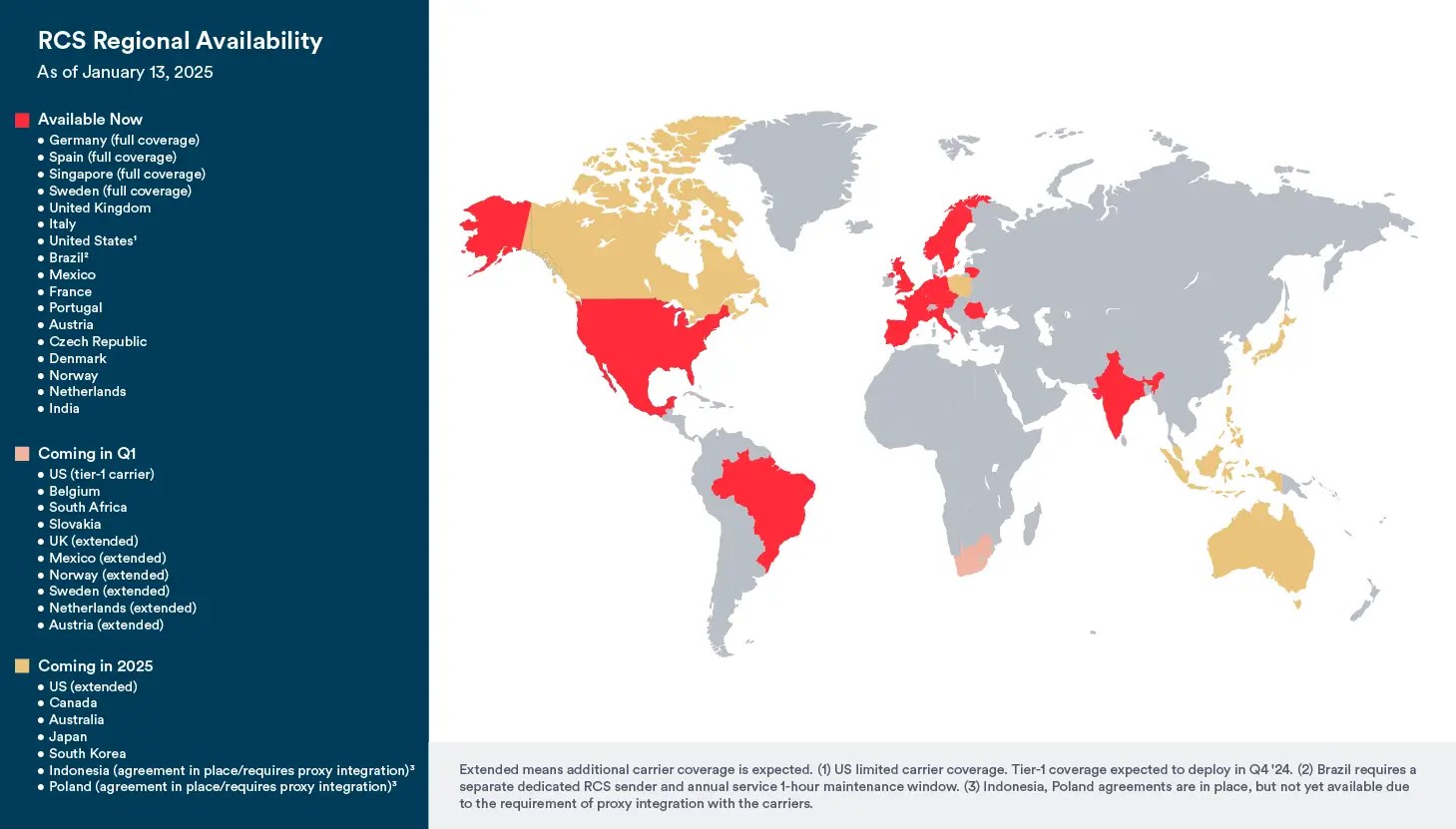
RCS is rapidly gaining traction as the next-gen messaging standard, with major telecom operators, Android manufacturers, and Google pushing its global adoption. In India, carriers like Jio, Airtel, and Vodafone-Idea already support RCS, making it widely available across millions of smartphones.
With Google Messages pre-installed on most Android devices and Apple introducing RCS support in iOS 18, businesses now have a future-proof, interactive messaging channel that reaches both Android and iPhone users—without needing an extra app.
What This Means for Businesses:
– Wider reach across mobile users (without requiring an app like WhatsApp).
– Seamless failover to SMS ensures 100% message delivery.
– Scalable customer engagement across multiple industries, from e-commerce to fintech, gaming, and entertainment.
Challenges, Opportunities, and Future of RCS for Businesses
While RCS messaging presents enormous potential, it’s not without challenges. One major hurdle has been uneven carrier support, especially in regions where RCS messages aren’t universally available. Additionally, privacy concerns and potential regulation around data use in rich media messaging need to be carefully managed. However, as more carriers and platforms adopt RCS messaging, and with the possible future support from Apple, these challenges are expected to diminish.
Despite these challenges, the future looks promising. Having already crossed over a billion active users, RCS business messaging revenue is projected at $15 billion by 2028. This growth is expected to accelerate with Apple rolling out RCS with iOS 18, unlocking new opportunities for businesses to engage their customers.
As more carriers and manufacturers adopt the technology, RCS will move from being a niche solution to becoming a standard part of business communication strategies, helping brands deliver more dynamic, engaging experiences to their customers.
Final Thoughts: Why Businesses Should Adopt RCS Now
RCS messaging represents a significant, offering businesses a powerful tool to engage with customers through rich media, interactive features, and real-time communication.
The increasing global adoption of RCS, especially with Apple now supporting it, opens up new opportunities for deeper, more interactive customer engagement across platforms. As RCS continues to grow, its potential to reshape business communication will only increase.
FAQ
What is RCS messaging?
- Answer: RCS messaging, or rich communication services messaging, is an upgrade to SMS that allows users to send multimedia messages, including images, videos, and audio files, and enjoy features like read receipts and typing indicators.
How does RCS chat work?
- Answer: RCS chat is an IP-based messaging protocol that enables interactive features such as group messaging, read receipts, and typing indicators, similar to apps like WhatsApp. It works directly within native messaging apps without requiring a third-party app.
What is the difference between RCS vs SMS?
- Answer: The primary difference between RCS and SMS is that RCS allows for rich media sharing, unlimited characters, and interactive features like read receipts, while SMS is limited to 160 characters and basic text.
How do I turn off RCS messaging?
Answer: To turn off RCS messaging, go to your messaging app settings, find the “Chat Features” section, and toggle off the RCS messaging option. This will revert your messages to SMS.
Kiran Pius 
Leads Product Launches, Adoption, & Evangelism.Expert in cross-channel marketing strategies & platforms.
Free Customer Engagement Guides
Join our newsletter for actionable tips and proven strategies to grow your business and engage your customers.





